
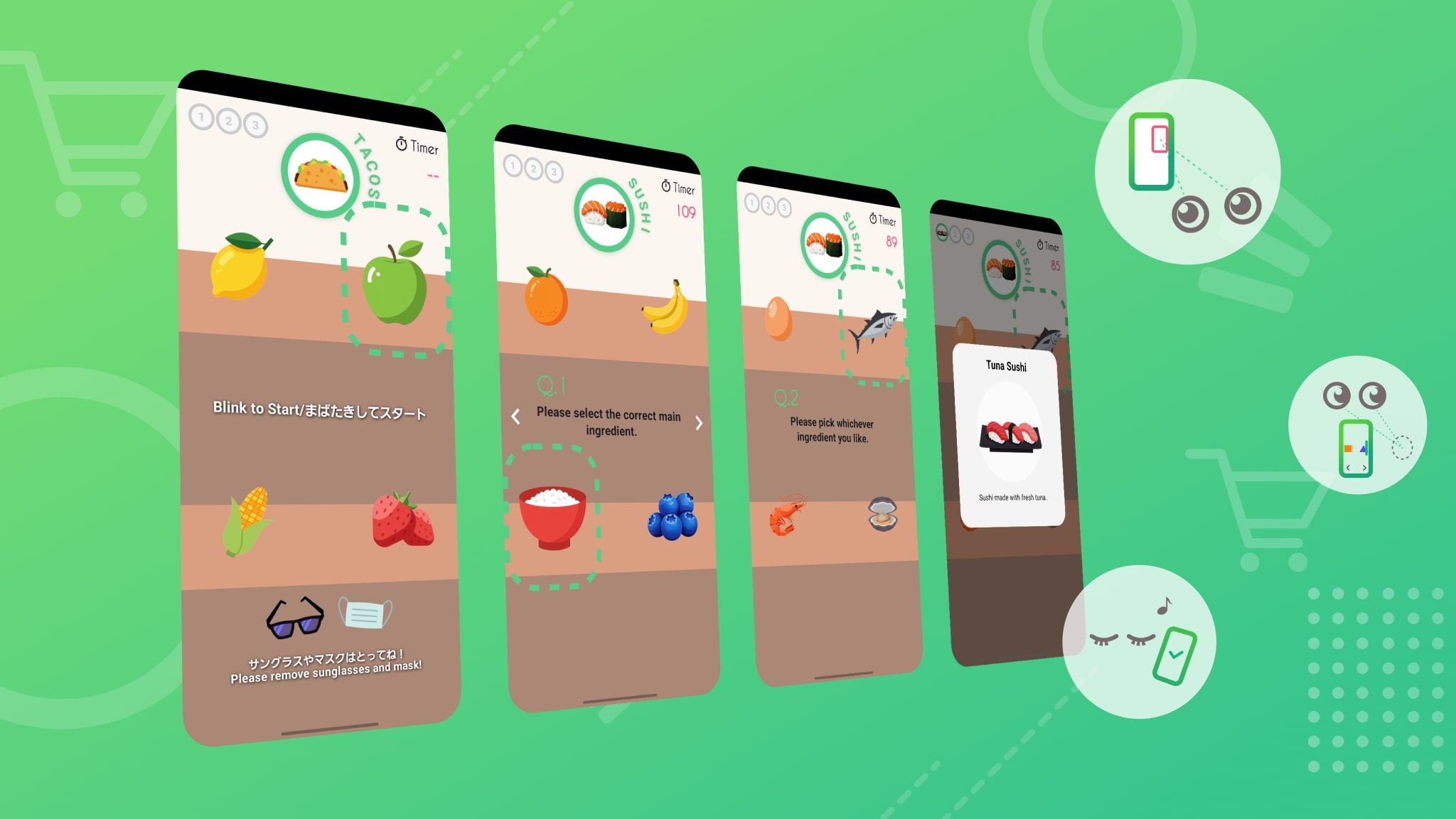
Choose the item by looking it.
Gaze at the edges of the screen to move to the next screen.
Blink for selecting the item.
🎯 Choose ingredients for 3 dishes.
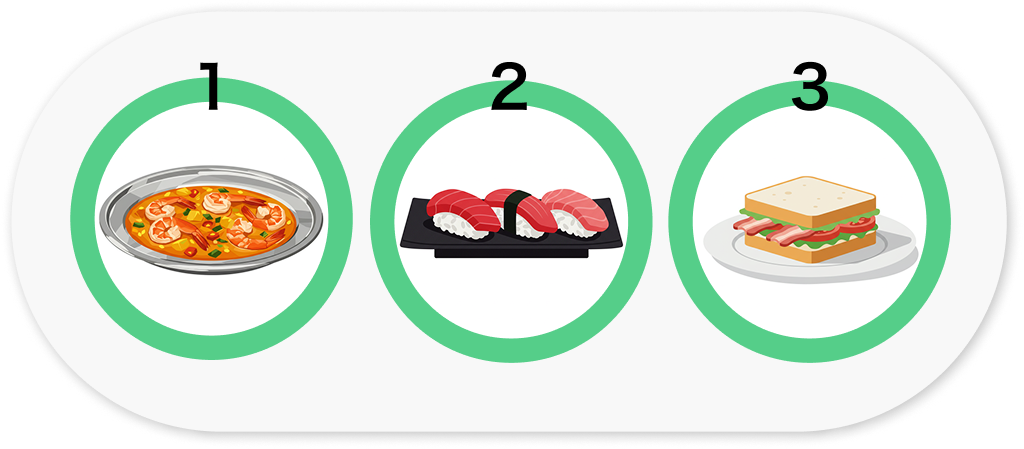
🎯 Each dish consists of 2 ingredients.
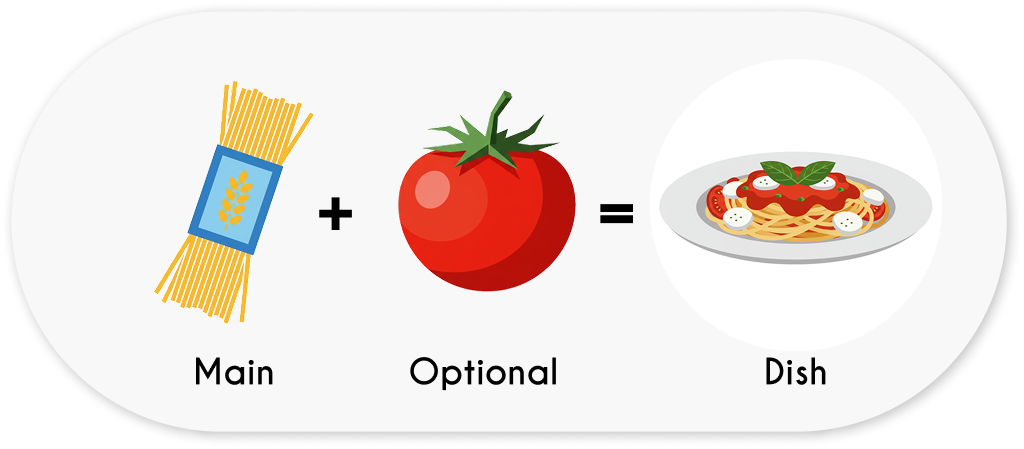
🎯 Select the correct main ingredient.
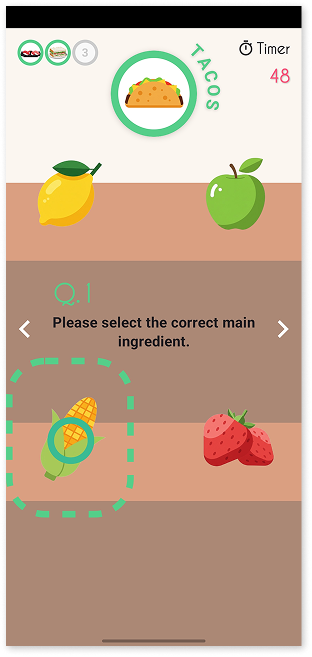
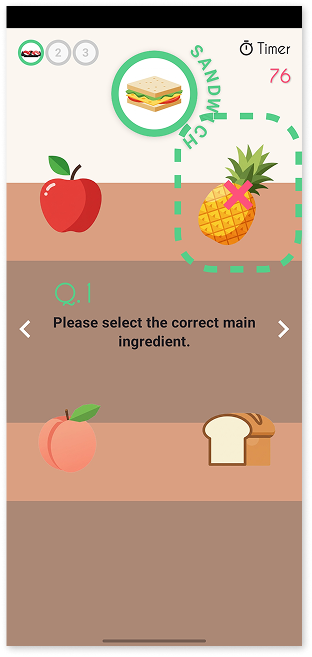
🎯 Win medals based on the dishes you make.
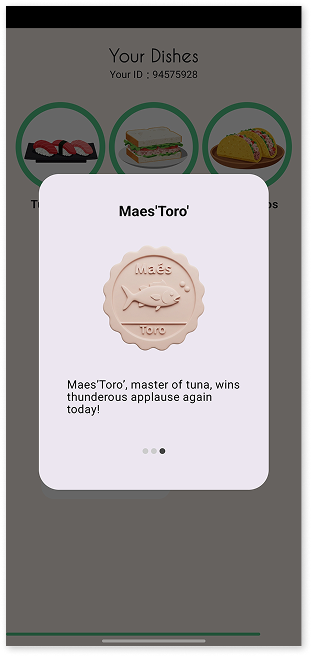























Eye tracking reveals which products catch your attention first, how long you gaze at items, and the sequence in which you view them. This data helps retailers measure purchase intention with unprecedented accuracy, replacing guesswork with concrete visual evidence of shopper behavior.

Modern retail eye tracking can monitor multiple shoppers simultaneously without privacy concerns. Using 3D cameras placed up to 4.3 feet away, stores can track real customers in their natural shopping environment while remaining GDPR-compliant-no wearable devices required.

Brands like Kellogg's are pioneering VR merchandising with eye tracking, allowing consumers to navigate simulated stores and interact with products. This technology has already challenged assumptions about product placement, revealing that lower shelves can be 18% more effective for certain products than previously believed.

For online retailers, eye tracking software identifies friction points and confusion in the customer journey that traditional click data misses. This technology reveals true attention patterns, helping e-commerce sites optimize layouts and prevent customers from abandoning their shopping carts with a single click.

Advanced sensor fusion now allows eye tracking to synchronize with physiological signals, revealing not just what shoppers look at, but their mental workload, stress levels, and emotional states when viewing products-creating a comprehensive picture of the shopping experience.

The next generation of augmented reality shopping will incorporate eye tracking to eliminate graphic distortions and create truly immersive experiences. As you browse virtual products, the technology will adjust displays based on where you're actually looking, not just where your head is pointing.